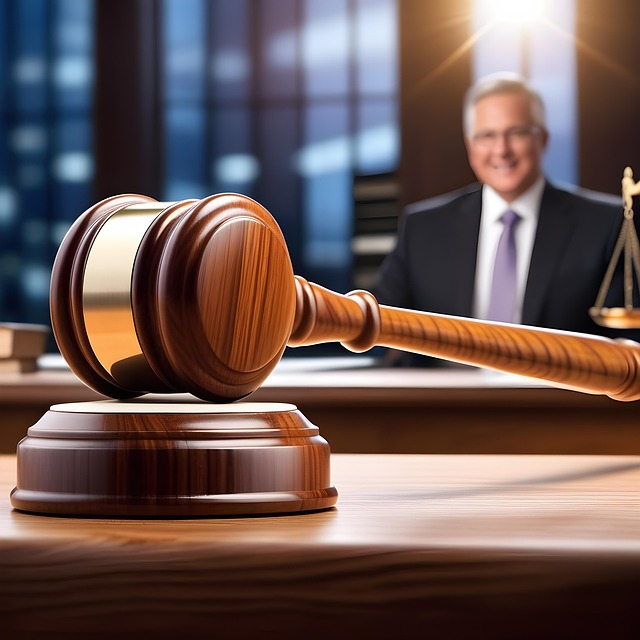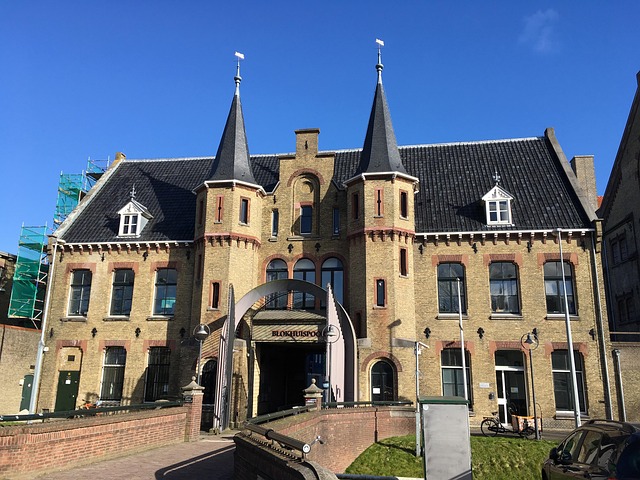Pedestrians' rights advocate for safe and accessible urban spaces, promoting walking, cycling, and public transit as alternative transportation options. Well-designed infrastructure benefits diverse communities, reduces traffic congestion, and lowers carbon emissions. Recent global efforts focus on calming traffic, improving street design, and fostering community engagement to enhance pedestrian safety and encourage active lifestyles.
In urban areas, pedestrians’ rights and safe streets are paramount for healthy communities. This article explores crucial aspects of enhancing pedestrian safety, from understanding basic rights to implementing transformative infrastructure. We delve into the benefits of walkable environments, highlighting how they promote active lifestyles and reduce congestion. Additionally, we discuss alternative transportation options beyond cars and bikes, emphasizing community engagement and policy changes necessary to prioritize pedestrian safety for all.
- Understanding Pedestrians' Rights: A Basic Guide
- The Benefits of Safe Walking Infrastructure
- Alternative Transportation: Beyond Cars and Bikes
- Community Engagement for Safer Streets
- Policy Changes to Prioritize Pedestrian Safety
Understanding Pedestrians' Rights: A Basic Guide

Pedestrians’ rights refer to the legal protections and considerations that ensure safe and accessible streets for people walking. In many jurisdictions, laws exist to regulate traffic and prioritize pedestrians’ well-being, especially in areas with high foot traffic like urban centers and school zones. Understanding these rights is crucial for both pedestrians and drivers, fostering a culture of shared responsibility on the roads.
Knowing your rights as a pedestrian can encourage the use of alternative transportation options like walking or cycling, reducing reliance on private vehicles and thereby minimizing traffic congestion and environmental impact. It also promotes healthier lifestyles and enhances community engagement by making streets more welcoming to all users. This basic guide aims to empower individuals to claim their right to safe, navigable, and enjoyable public spaces.
The Benefits of Safe Walking Infrastructure

Safe walking infrastructure is more than just aesthetically pleasing; it offers a multitude of benefits for both individuals and communities. By prioritizing pedestrians, cities can encourage active transportation, reducing reliance on cars and promoting healthier lifestyles. Walkable neighborhoods with well-designed sidewalks, crosswalks, and dedicated spaces for people enhance accessibility for all, including the elderly, individuals with disabilities, and parents with strollers.
Moreover, these safe street designs foster social cohesion and community engagement. They create vibrant public spaces where folks can interact, fostering a sense of belonging and security. In terms of sustainability, prioritizing pedestrians also aligns with the push for alternative transportation options, lowering carbon emissions and contributing to a greener urban environment.
Alternative Transportation: Beyond Cars and Bikes

In recent years, there’s been a growing awareness of the need for safer streets not just for cars and bikes but also for pedestrians. This shift in perspective has led to cities exploring alternative transportation options beyond traditional modes. Walking should be encouraged as a primary means of mobility, with well-designed sidewalks, crosswalks, and pedestrian-friendly intersections. Public transit, such as buses, trams, and trains, plays a vital role in reducing congestion and offering efficient travel for those who can’t or choose not to drive. Additionally, sharing economy models like bike-sharing and scooter-sharing services provide flexible options for short trips, further diversifying transportation choices while easing pressure on streets.
Community Engagement for Safer Streets

Community engagement plays a pivotal role in creating safer streets for pedestrians, fostering a sense of collective responsibility and ownership. By actively involving residents, businesses, and local organizations, cities can gather valuable insights into the unique needs and challenges faced by pedestrians. This collaborative approach enables the implementation of tailored solutions, such as improving street lighting, adding crosswalks, or designating pedestrian-only zones.
Encouraging public participation in urban planning facilitates a shift towards sustainable and inclusive mobility. By promoting alternative transportation options like walking, cycling, and public transit, communities can reduce reliance on private vehicles, thereby decreasing traffic congestion and enhancing overall safety. This holistic effort ensures that everyone, regardless of age or ability, has access to safe street environments, ultimately enriching the quality of life in urban areas.
Policy Changes to Prioritize Pedestrian Safety

In recent years, many cities have undergone policy changes to prioritize pedestrian safety, recognizing the need for safer streets as more people opt for alternative transportation options like walking and cycling. These shifts involve rethinking urban design and infrastructure to create environments that foster active mobility while reducing car dominance.
One key strategy is the implementation of traffic calming measures, such as speed bumps and reduced vehicle lanes, to encourage drivers to slow down and share the road with pedestrians. Additionally, dedicated pedestrian walkways, well-designed crosswalks, and improved lighting systems are being integrated into city planning to enhance visibility and security for walkers. Such changes not only make streets more pleasant for pedestrians but also contribute to improving public health by encouraging active lifestyles.
Pedestrians’ rights and safe streets go hand in hand, fostering a healthier, more sustainable community. By understanding our rights and advocating for infrastructure that prioritizes walking, we can create a world where everyone feels comfortable and secure on their journeys. The benefits are clear: from improved public health to reduced environmental impact, safe walking infrastructure is a game-changer. Let’s continue to explore alternative transportation options, engage our communities, and push for policy changes that put pedestrians first, ensuring a brighter future for all.






